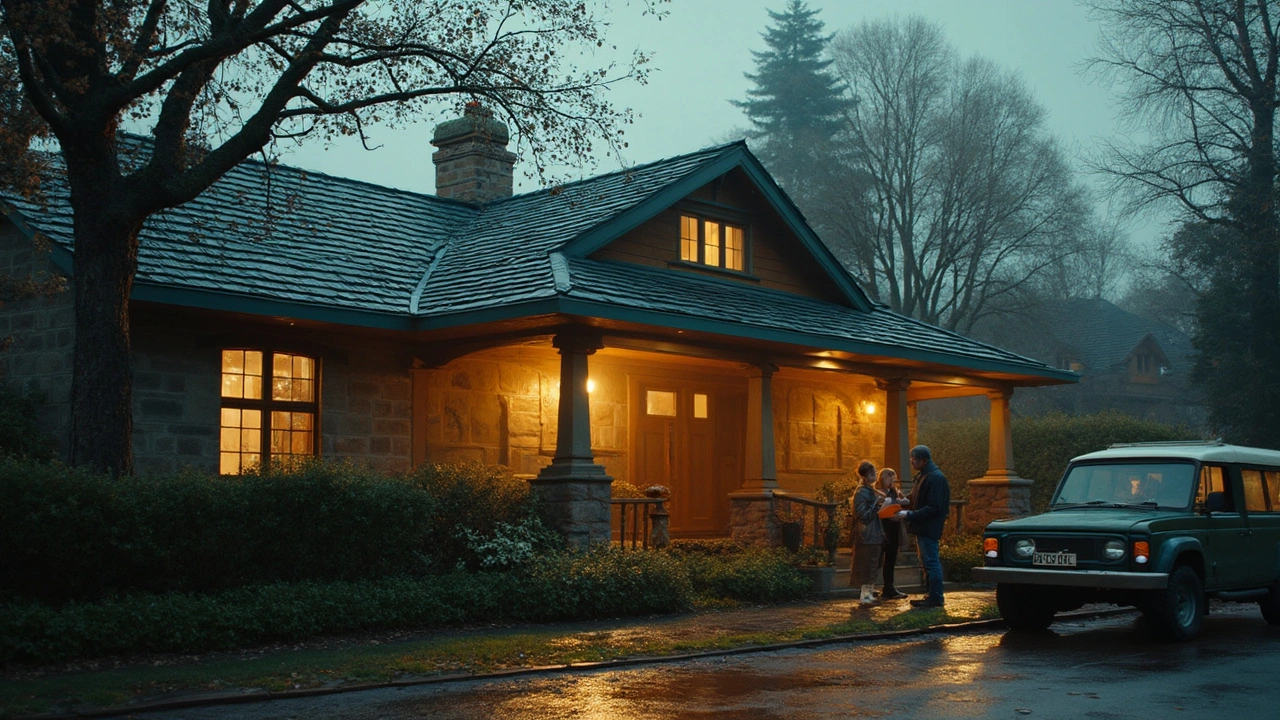Craftsman Style Homes: What Makes Them So Beloved?
If you’ve walked past a house with exposed rafters, a low‑pitched roof and a big front porch, you’ve probably seen a Craftsman style home. These homes started in the early 1900s as a reaction against over‑decorated Victorian houses. The idea was simple: honest craftsmanship, natural materials, and a design that feels warm and lived‑in.
Today the look is still popular because it mixes beauty with practicality. You get sturdy construction, plenty of built‑in storage, and a layout that works for families of any size. Below we’ll break down the most important features, show you how to spot an authentic Craftsman house, and give quick tips on adding Craftsman flair to your own home.
Key Features You Can’t Miss
Low‑slope gabled roofs with wide overhangs are a hallmark. Look for exposed rafters or decorative brackets under the eaves – they’re not just decorative, they showcase the structure’s honesty.
Covered front porch supported by tapered square columns that sit on sturdy stone or brick piers. This creates an inviting transition from street to living space.
Natural materials dominate – think wood siding, stone foundations, and handcrafted details. You’ll often see shiplap or board‑and‑batten siding paired with a mix of dark stained wood and lighter paint.
Built‑in furniture like window seats, bookcases, and cabinetry are built into the walls. They save space and add that custom‑look feel without extra cost.
Bringing Craftsman Vibes Into Your Home
If you love the style but live in a newer house, you can still borrow elements. Start with the porch: add tapered columns or replace a plain railing with wooden posts on stone bases. Inside, swap out generic trim for simple, straight‑line moldings and install built‑in shelving around windows.
Don’t forget color – earth tones, muted greens, deep reds, and soft creams work best. Paint the exterior in a warm, natural shade and use contrasting darker trims to highlight details.
Lighting can also set the mood. Choose fixtures with a handcrafted look: wrought‑iron pendants or brass sconces that echo the metalwork found on original homes.
Finally, think about floor plans. Open living areas with clear sight lines mimic the airy feel of classic Craftsman designs. If you’re renovating, consider knocking down a non‑load‑bearing wall to create a more fluid space.Whether you’re buying a historic bungalow or just want a touch of timeless style, these practical steps let you enjoy the comfort and character that Craftsman homes are known for.

Unseen Beauty of American Craftsman Homes: Guide to Details & Restoration
Discover the quiet magic of American Craftsman homes-how to spot authentic details, restore them with care, choose colors, and live beautifully with historic character.
Read more